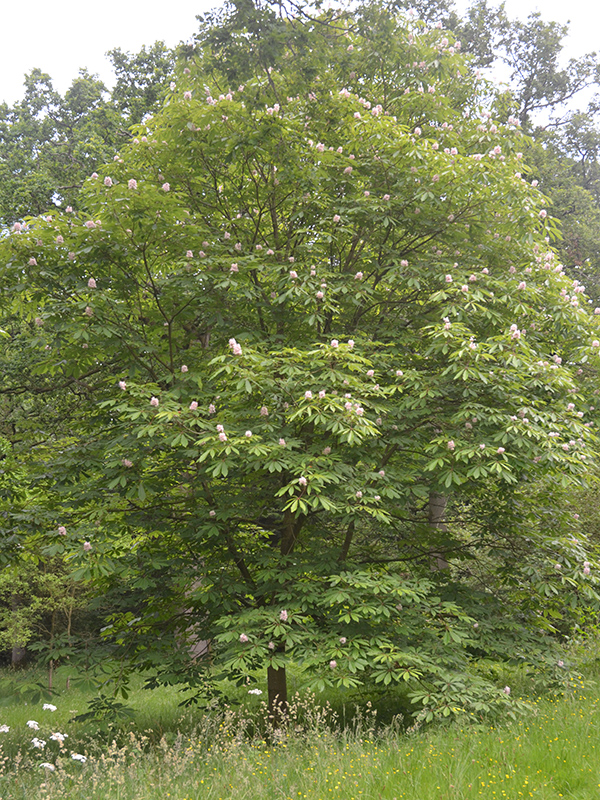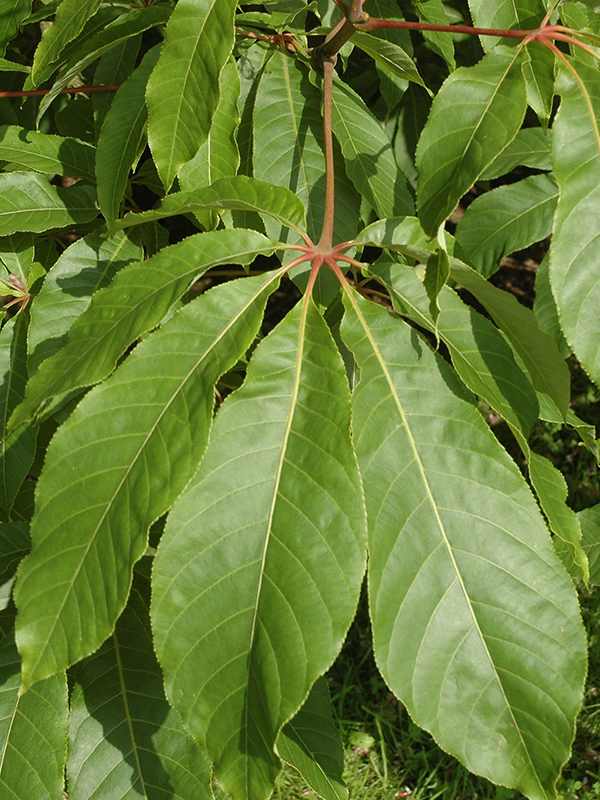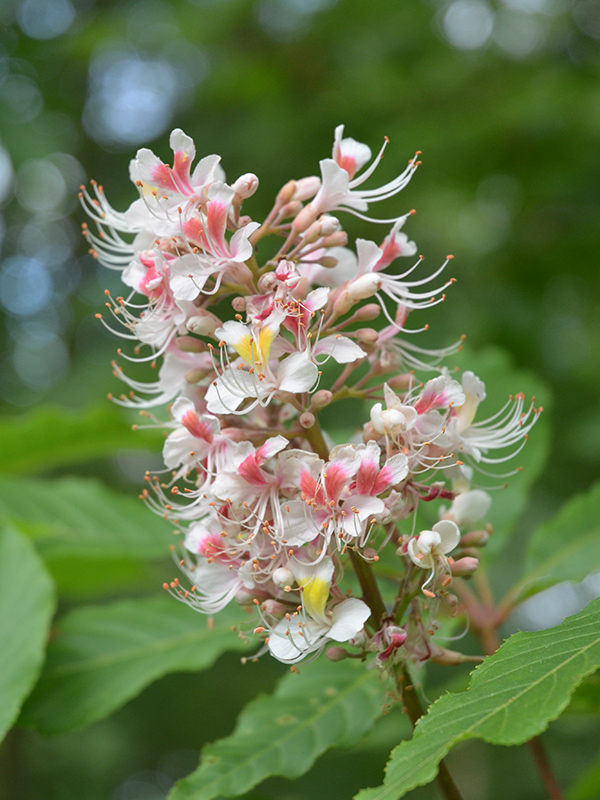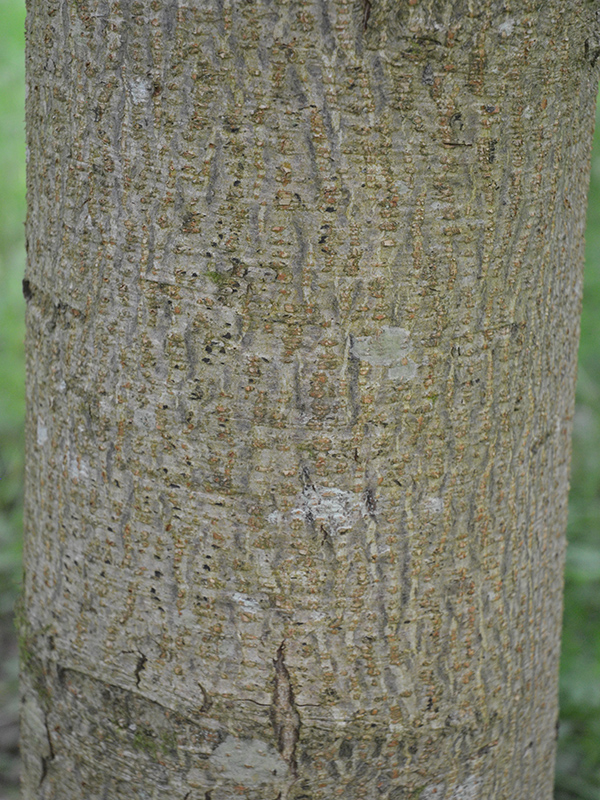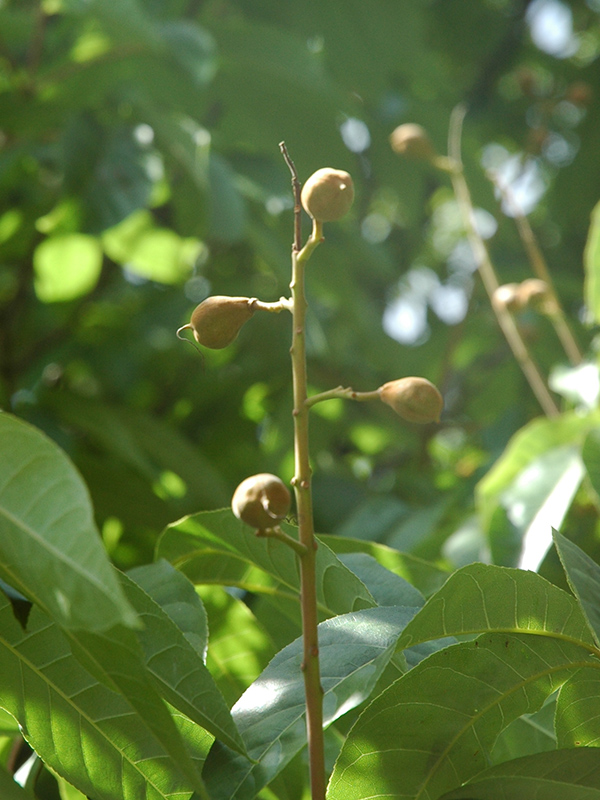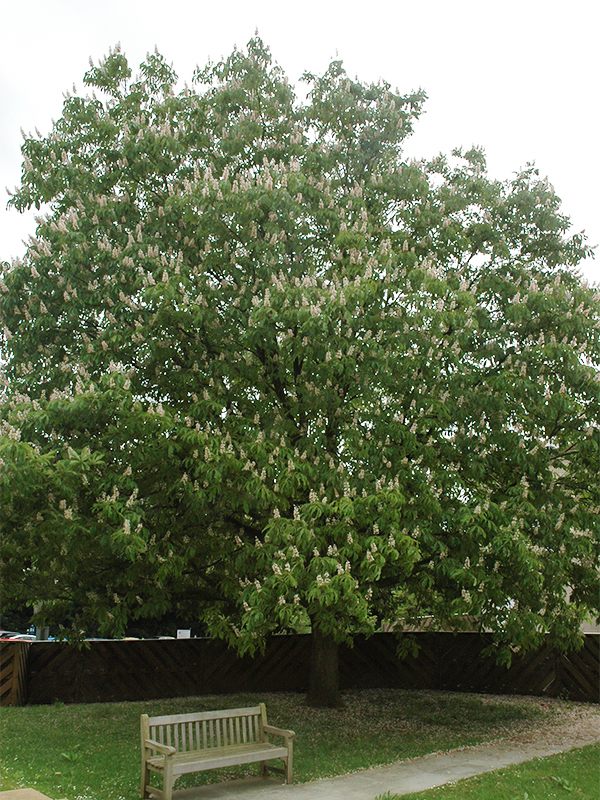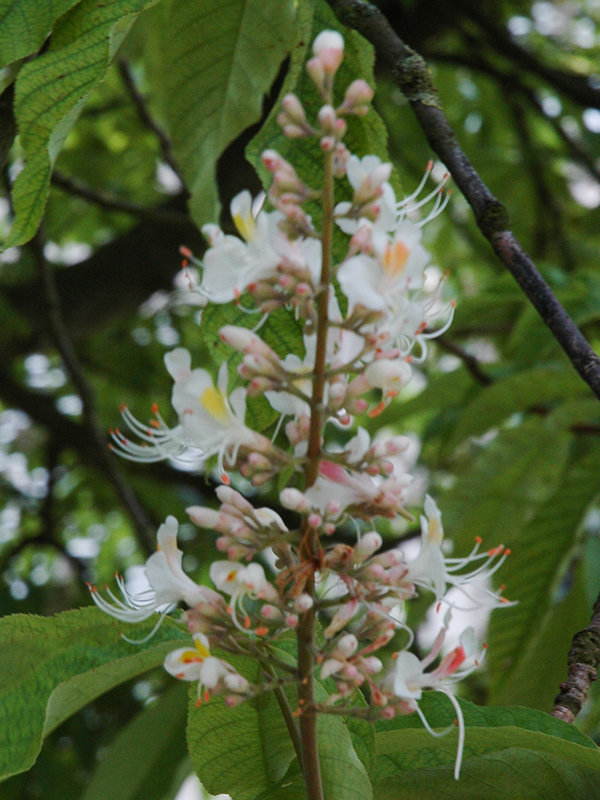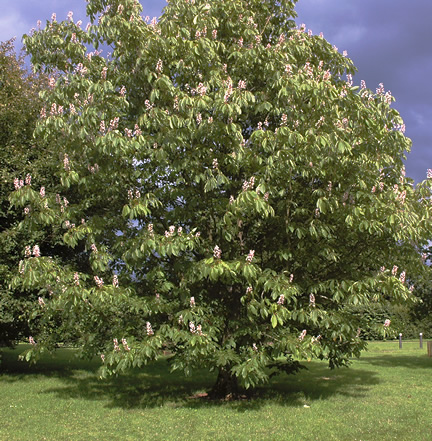
Woody > Aesculus > Aesculus indica > Aesculus indica
Aesculus indica
Indian Horse Chestnut
Origin: Found in the Himalayan lowlands between western Nepal and Kashmir and Afghanistan at elevations of 900-3000 m. It was introduced to England by Colonel Henry Bunbury in 1851; Bunburry was a friend of the famous Sir Joseph Hooker the then Director of Kew.
| Family |
| Sapindaceae (Hippocastanaceae) |
| Genus |
| Aesculus |
| Species |
| indica |
| Category |
| Woody |
| Type |
| Tree (deciduous) |
| Pronunciation |
| USDA Hardiness Zone |
| 7 |
| Canadian Hardiness Zone |
| 6b - 7a |
| RHS Hardiness Zone |
| H5 - H6 |
| Temperature (°C) |
| -18 - (-12) |
| Temperature (°F) |
| 10 |
| Height |
| 30 m |
| Spread |
| 8 m |
Photographs
Description and Growing Information
Flowering Period
| General Description |
| The peeling bark of A. indica is a smooth, grey-green and while it flowers (July), almost six weeks later than other horse chestnut species its spiked pinkish-white flowers are equally as attractive. |
| Landscape |
| Specimen planting and larger gardens. |
| Cultivation |
| Full sun and partial-shade. Well-drained and moisture-retentive soil with a pH of acidic, alkaline and neutral. Prefers sand, clay, chalk and loam. |
| Shape |
| Dense, domed, oval crown and bushy. |
| Growth |
| Medium |
| ID Characteristic |
| Fragrant pink-white flowering tree, low growing and similar in character to Aesculus hippocastenum but smaller. |
| Pests |
| Susceptible to horse chestnut scale, leaf-mining moths, coral spot and leaf spot. |
| Habitat |
| Mountain slopes and in moist, shady valleys. |
| Flower/Leaf Bud Description |
| Ovoid, acute and 1.5 cm in size. |
| Leaf Description |
| The leaves are palmately compound with 5 - 9 leaflets. Leaves can grow up to 30 cm long. Leaflets are 5 - 9 cm in size. |
| Flower Description |
| Flowers appear in upright spikes which can grow up to 30 cm. |
| Fruit Description |
| Sub-globose, 6 cm in diameter with soft, sharp spines. The fruit has 1 - 3 seeds that are 4 cm in diameter. Ingestion of seed may cause severe discomfort. |
| Colour Description |
| The bark is grey with marks of white that become pinkish-beige. The buds are reddish-brown. The leaves are a pinkish-bronze that hardens to a bright green turning yellowish-orange in autumn. The flowers are white with a red or yellow splotch. The fruit is green and the seeds are a dark brown with a beige circular patch. |
| Texture Description |
| The bark is smooth and exfoliating. The leaves have a glossy texture. |
| Notable Specimens |
| The University of Sussex, Brighton, England. |
| Propagation |
| Seed and grafting. |
| Ethnobotanical Uses (Disclaimer) |
| The tree is known to have medicinal properties and used in the treatment of headaches, skin diseases, rheumatism or as an astringent, acrid and narcotic in traditional Indian medicine. The flowers are often mixed with wheat flour to make chapatis, may be used in Indian sweetmeats such as halwa and in the porridge dalia which is consumed during religious fasting periods. The seed may be ground into a flour, steeped in water and then roasted to remove the toxin and consumed during periods of food scarcity. The nuts are toxic to both humans and animals and contain a saponin toxin, aesculin. |
